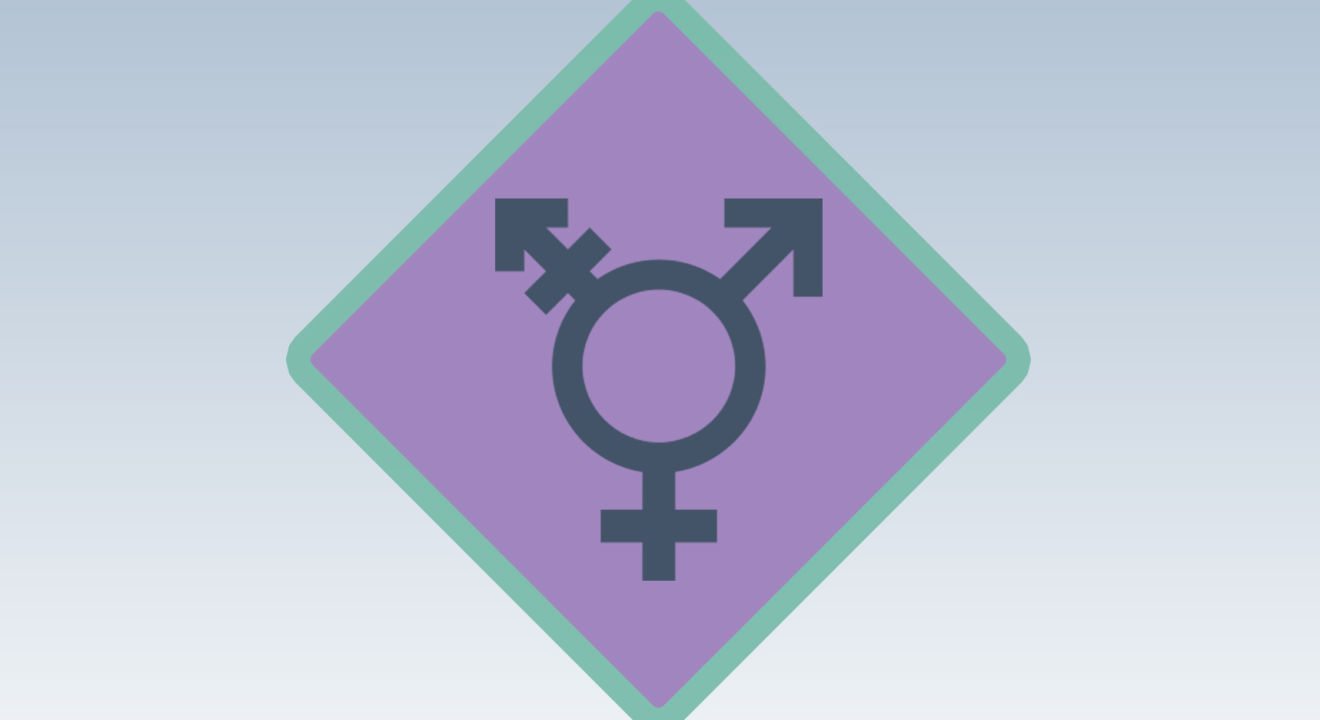Culture August 12, 2016


With all the controversy circulating around transgender bathroom laws, it’s bound to attract some curiosity. Have you ever wondered what these laws were and what they mean for you as a woman? There’s a lot of information floating around about the trending topic so it’s alright to be curious, if not a little confused. Here is everything you need to know about why transgender bathroom laws are being implemented and the diverse issues surrounding them within our culture.
WHAT IS THE LAW/BILL ABOUT?
The “bathroom bill,” as it’s commonly called, is the name given to any legislation or statute that hopes to regulate access to public facilities (or in this case restrooms). Under these laws, transgender people would be required to choose the restroom that corresponds to their biological sex.
WHY DO THEY HAVE THIS LAW?
Some people are concerned about men masquerading as women to sexually assault women. Many of those people who support the bathroom bills are fearful that men like Richard Rodriguez, and Jason Pomare will take advantage of the laws and dress in drag in order to sexually harass women. Others think the laws will be abused so that non-transgender men will be allowed to go into women’s changing rooms with no questions asked. For instance, a man in Seattle walked into a women’s changing room while wearing just board shorts, claiming that he couldn’t be kicked out because of the new transgender laws.
While the concerns may be valid, you also have to consider the rights and mental health of transgender folk. Forcing transgender students to use segregated bathrooms based on their biological sex makes them a prime target for bullying. Also, forcing transgender people to use the bathrooms according to their biological sex harms their transition, as they can’t fully integrate into the sex they’d like to become. In an attempt to avoid any bathroom conflict, many transgender people will avoid using the bathroom, which is incredibly unhealthy.
WHAT ARE SOME MYTHS ABOUT THESE LAWS?
1. Transgender people aren’t real and therefore are inherently dangerous.
2. Non-transgender men will be able to go into female bathrooms, harass women and get away with it.
3. Transgender people are perverts.
4. Transgender people are getting special treatment.
5. We should protect women and young girls from transgender women.
6. No one will be persecuted for any sexual misconduct in the restrooms.
WHAT ARE THE FACTS YOU SHOULD KNOW?
1. Men get sexually assaulted and harassed in public places as well.
2. “Transgender men who have had to use female restrooms due to such laws “experience a ton of violence in women’s restroom and are told they don’t belong there,” says Chase Strangio for ABC News.
3. Allowing transgender people to use the bathroom that corresponds to their gender identity doesn’t increase public safety incidents.
4. Assaulting someone in the bathroom or changing room is still against the law.
WHAT ARE SOME OF THE STATES THAT HAVE EMBRACED THESE BATHROOM BILLS?
1. ARIZONA
You must use the stall indicated by the sex on your birth certificate. Otherwise, you need to pay $2,500.
2. NORTH CAROLINA
The Public Facilities Privacy & Security Act was signed on the 23rd of March, 2016. This bill keeps the bathrooms segregated by gender.
3. WISCONSIN
Initially, the bill was meant to force children to use the bathrooms of the sex assigned to them. After discovering that they bill directly conflicted with the government’s Office for Civil Rights, the bill was revised to allow public schools to offer gender neutral bathrooms.
WHAT ARE SOME OF THE STATES THAT DO HAVE GENDER NEUTRAL BATHROOMS?
Despite the refusal to have all inclusive bathrooms, businesses are still trying to be all inclusive with their policies. The LGBTQ community and many others are still fighting for equal rights in all aspects of society and will continue to do so until equal rights also mean inclusive rights.